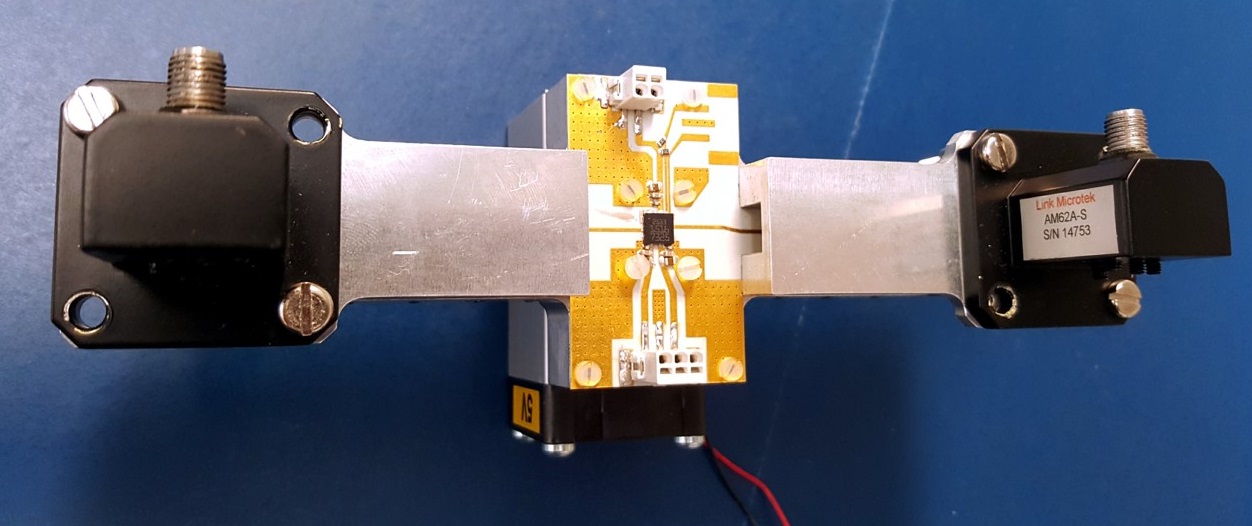ASIGNATURAS

Advanced Topics on Antenna Technologies (ATAT)
Profesores
- Coordinador: José Manuel Fernández González
- Eduardo Carrasco Yépez
-
Belen Galocha Iraguen
- Manuel Sierra Castañer
Resumen
This course presents advanced concepts and techniques in antenna topics. The students will acquire the required knowledge for the analysis and design of antennas using in-house software and commercial software. These techniques cover either theroretical and practical design aspects. With this goal, the students obtain the knowledge needed to perform antenna analysis and design in the most recent antenna technology and using commercial and self-made software. The course learning method is based on the main parts of the antenna design topics based on student work and Project Based Learning methodology with the support of the professors. All the course classes are referred to practical antenna systems. Several antenna design and optimization methods are presented in the classroom. The students will use the software packages at the Signals, Systems and Radiocommunications Department of the E.T.S.I. Telecomunciación to perform practical analysis either by the professors and for pratical students projects. The students will understand the concepts of the antenna analysis and design. The students will be able to afford all the stages of the antenna design (Antenna Project). The students oral presentations of the Antenna Project allow professors and the rest of the students to learn and evaluate analysis and design projects.

Circuitos de Alta Frecuencia (CAFR)
Profesores
Resumen
La asignatura se centra en el diseño de los subsistemas esenciales que configuran la cadena de radiofrecuencia de un sistema de comunicaciones, o de cualquier otro sistema (radar, industrial, médico, etc) que requiera el uso de frecuencias elevadas. Se revisan las diversas tecnologías, analizando sus ventajas e inconvenientes, y se discute la elección de la más adecuada en cada caso, considerando los condicionantes que la tecnología introduce en los diseños, a saber: la forma de realización, los materiales involucrados, las limitaciones a la topología, etc. Como asignatura eminentemente práctica se centra el esfuerzo en la realización de subsistemas con requisitos de banda, potencia, ruido, etc, cercanos a los que habitualmente encuentra en su actividad profesional un especialista en radiofrecuencia.



